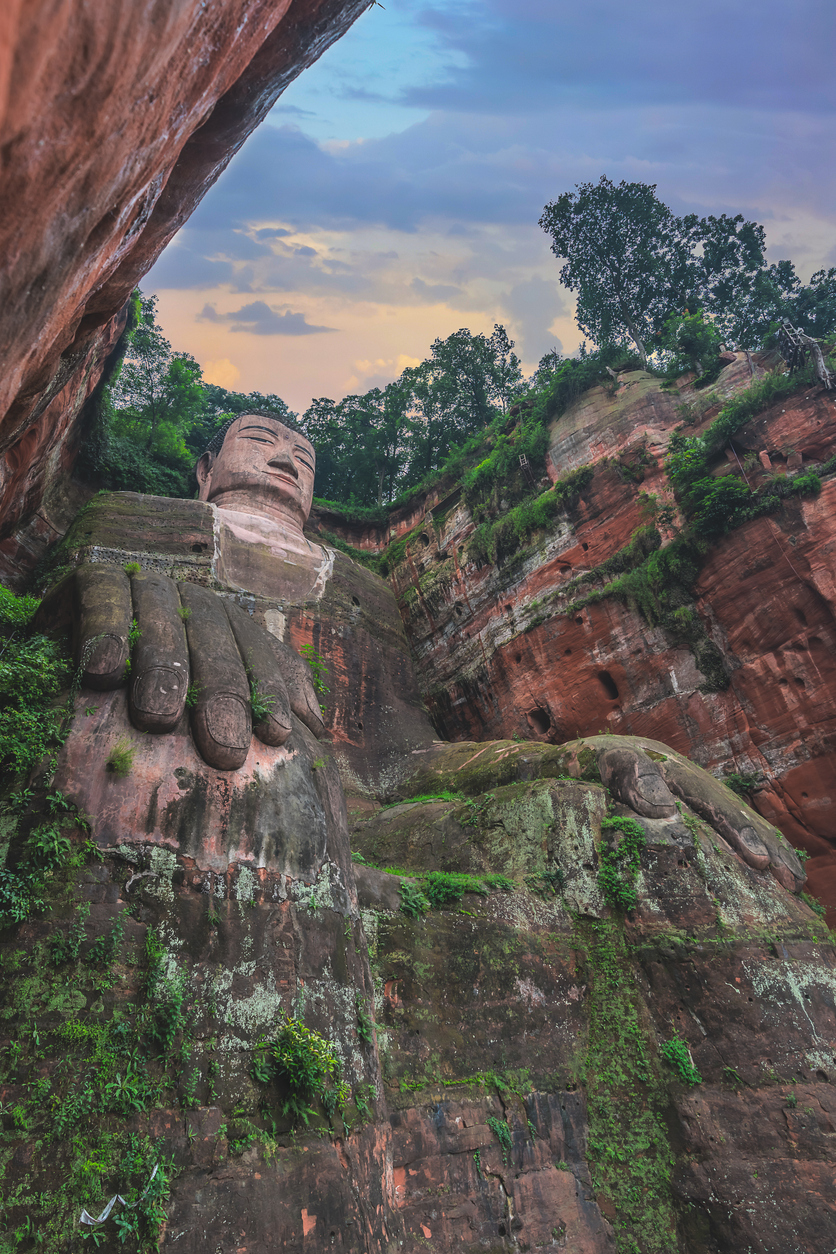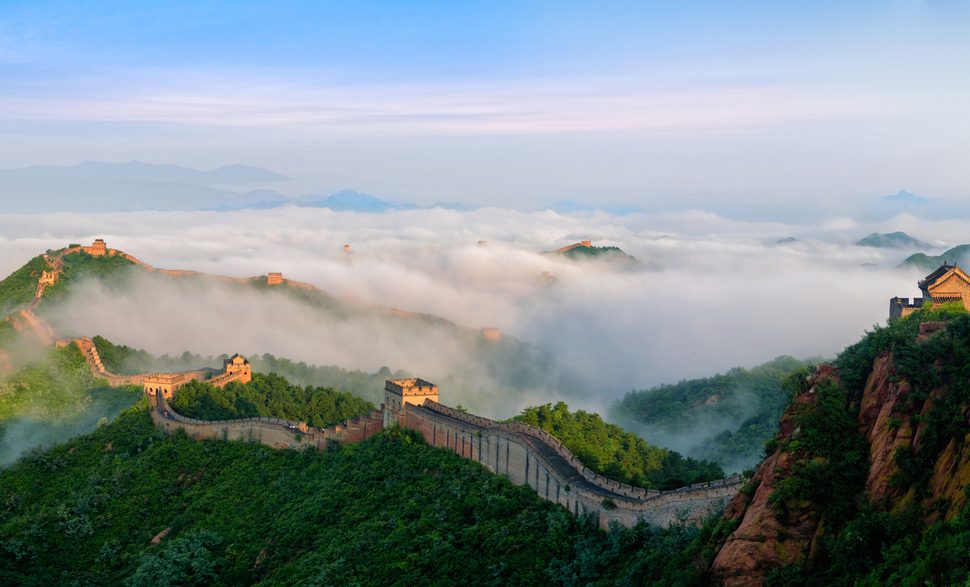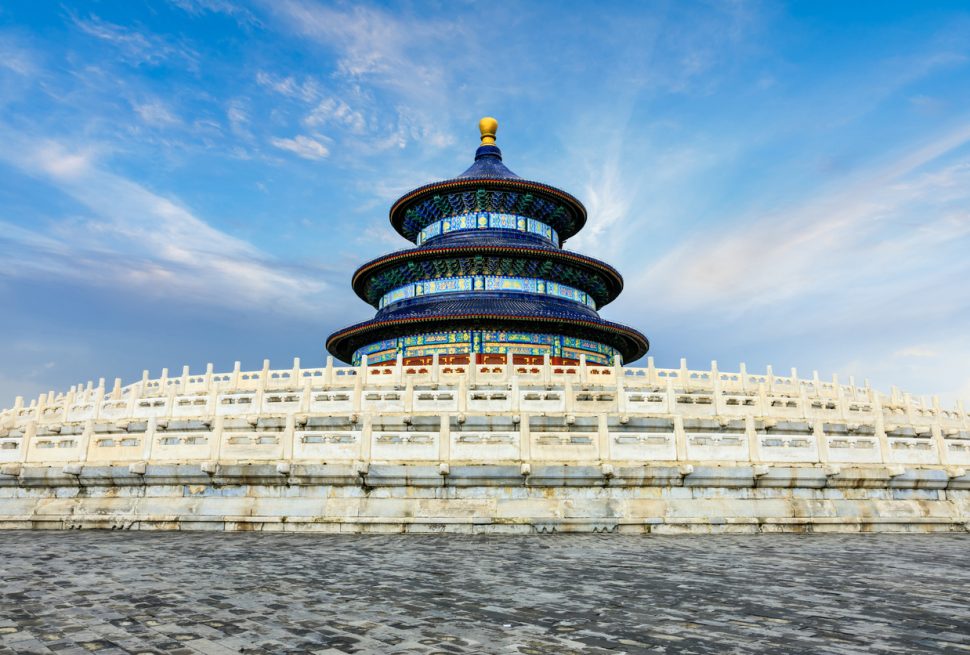Nestled at the confluence of the Min, Qingyi, and Dadu Rivers in Sichuan Province, the Leshan Giant Buddha is the world’s largest stone-carved Buddha and one of China’s most awe-inspiring UNESCO World Heritage Sites. More than just an impressive piece of engineering, it’s a masterpiece of Tang Dynasty craftsmanship and a lasting symbol of compassion, wisdom, and cultural devotion.
This guide explores the Buddha’s origins, the fascinating stories behind it, practical travel advice, and tips to make the most of your visit.
What is the story of the Leshan Giant Buddha?
Construction of the Leshan Giant Buddha began in 713 AD during the Tang Dynasty, initiated by a Buddhist monk named Haitong. Haitong witnessed the treacherous waters where the three rivers meet—waters that often capsized boats and claimed lives. Believing a giant Buddha could calm the currents and protect passing sailors, he began a decades-long mission to carve the statue directly into the cliff face of Mount Lingyun.
Legend tells that when corrupt officials tried to seize the project’s funds, Haitong famously declared, “My eyes can be gouged out, but not a single penny of Buddha’s money can be taken.” To prove his devotion, he actually plucked out one of his own eyes—a story that became part of the Buddha’s enduring lore.
The construction took more than 90 years, passing through the hands of several local governors and generations of artisans before completion in 803 AD. The finished statue—71 meters (233 feet) tall—depicts Maitreya, the Buddha of the Future, sitting serenely with hands resting on his knees, gazing over the waters he was meant to tame.
How old is the Leshan Giant Buddha?
As of today, the Leshan Giant Buddha is over 1,200 years old. Completed in the early 9th century, it has stood watch over the river confluence for more than a millennium, surviving dynastic changes, natural erosion, and even periods of neglect.
Remarkably, many of its original design features remain intact—especially its ingenious drainage system. Hidden channels in the Buddha’s hair, collar, ears, and clothing divert rainwater away from the statue, significantly reducing weather damage. This ancient engineering marvel is one reason the Buddha has retained its shape and detail for so many centuries.
Is Leshan Giant Buddha worth visiting?
Absolutely—few sites in China combine such monumental scale, artistry, and natural beauty. Standing at the Buddha’s feet, dwarfed by his massive stone toes (each the size of a human), is an awe-inspiring experience no photograph can replicate.
The surrounding area is equally stunning. The Buddha is carved into Mount Lingyun, part of a lush scenic area with rivers, forests, and walking trails. The vantage points from the cliff and the river offer two completely different but equally breathtaking perspectives.
Beyond the statue, visitors can explore Lingyun Temple, ancient cliffside carvings, and panoramic river views. It’s a destination that appeals to history enthusiasts, spiritual travelers, and photographers alike.
Is the Leshan Buddha real?
Yes—the Leshan Giant Buddha is entirely real, carved directly into the cliff over 1,200 years ago. Archaeological research and historical records from the Tang Dynasty confirm its authenticity.
Over the years, natural processes like erosion, rain, and biological growth have altered its appearance, sometimes giving rise to legends. For example, in 1962, photographs seemed to show the Buddha “closing its eyes.” In reality, dark deposits on its eyelids had eroded, creating the illusion of smaller eyes. Such stories, whether based on fact or myth, only add to the site’s mystique.
What can you do at the Leshan Giant Buddha?
A visit to the Leshan Giant Buddha offers more than just one spectacular view. Here are the must-do activities:
- Walk the Nine-Bend Plank Path
Descend from the top of the statue down a steep zigzagging walkway to its feet, stopping at platforms for close-up views of the Buddha’s serene face and massive hands. - See the Buddha from the River
Take a boat ride for a full frontal view of the entire statue and the surrounding cliffs. This is the only way to capture the whole figure in one frame. - Explore Lingyun Temple
Located at the Buddha’s head, this ancient temple houses Buddhist relics and offers insight into the region’s spiritual traditions. - Visit Mahao Cliff Tombs
These nearby tombs date back to the Han Dynasty and provide a glimpse into ancient burial customs. - Photography
Whether you’re snapping the dramatic close-up of the Buddha’s face or capturing the confluence of the rivers, this site is a dream for photographers. - Taste Local Food
After exploring, sample Leshan’s famous snacks, like spicy tofu pudding (doufunao) and “Qiaojiao” beef.
How long to spend at Leshan Giant Buddha?
Most visitors spend 3–4 hours at the site, depending on whether they explore on foot, by boat, or both. Here’s a breakdown:
- Quick Visit: 2 hours – View from the top and take a boat ride.
- In-Depth Visit: 4–5 hours – Walk the Nine-Bend Plank Path, explore temples and tombs, and take time for photos.
- Combination Trip: Full day – Pair your visit with a trip to nearby Mount Emei or Huanglongxi Ancient Town.
During peak seasons, especially on weekends and holidays, expect longer wait times for the plank path and boat tours.
How to get to the Leshan Giant Buddha?
From Chengdu
- High-speed train: About 50–60 minutes to Leshan Station, then a 30-minute bus or taxi ride to the scenic area.
- Bus: 2 hours from Chengdu’s Xinnanmen Bus Station.
- Private transfer: Convenient for combining with other Sichuan attractions.
From Emei
- Local buses and taxis connect Mount Emei and Leshan in about an hour, making them an ideal pairing for a day trip.
Final Tips for Visiting Leshan Giant Buddha
- Best Time to Visit: Spring and autumn for pleasant weather and clear views.
- Tickets: Entrance is around 80 RMB; boat rides cost extra.
- Footwear: Wear comfortable shoes—the plank path can be steep and slippery.
- Crowds: Arrive early in the morning to avoid peak crowds.
- Respect the Site: As a religious monument, dress modestly and behave respectfully.
Extend Your Trip in Sichuan
If your journey brings you to Chengdu and Leshan, consider adding them to a 14-Day Luxury China Tour. This curated itinerary combines China’s most iconic destinations—Beijing, Xi’an, Chengdu, Chongqing, and Shanghai—into one seamless adventure.




